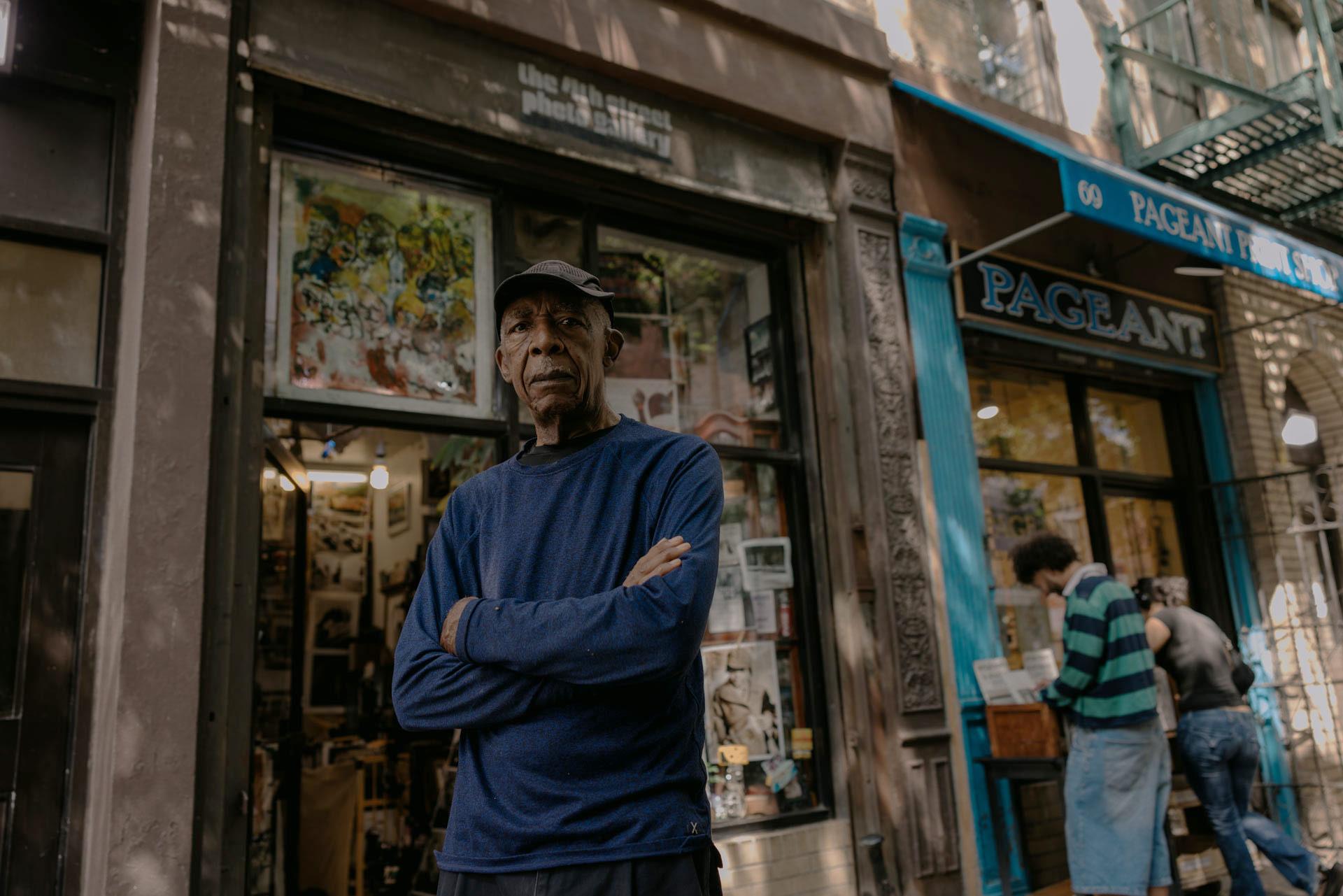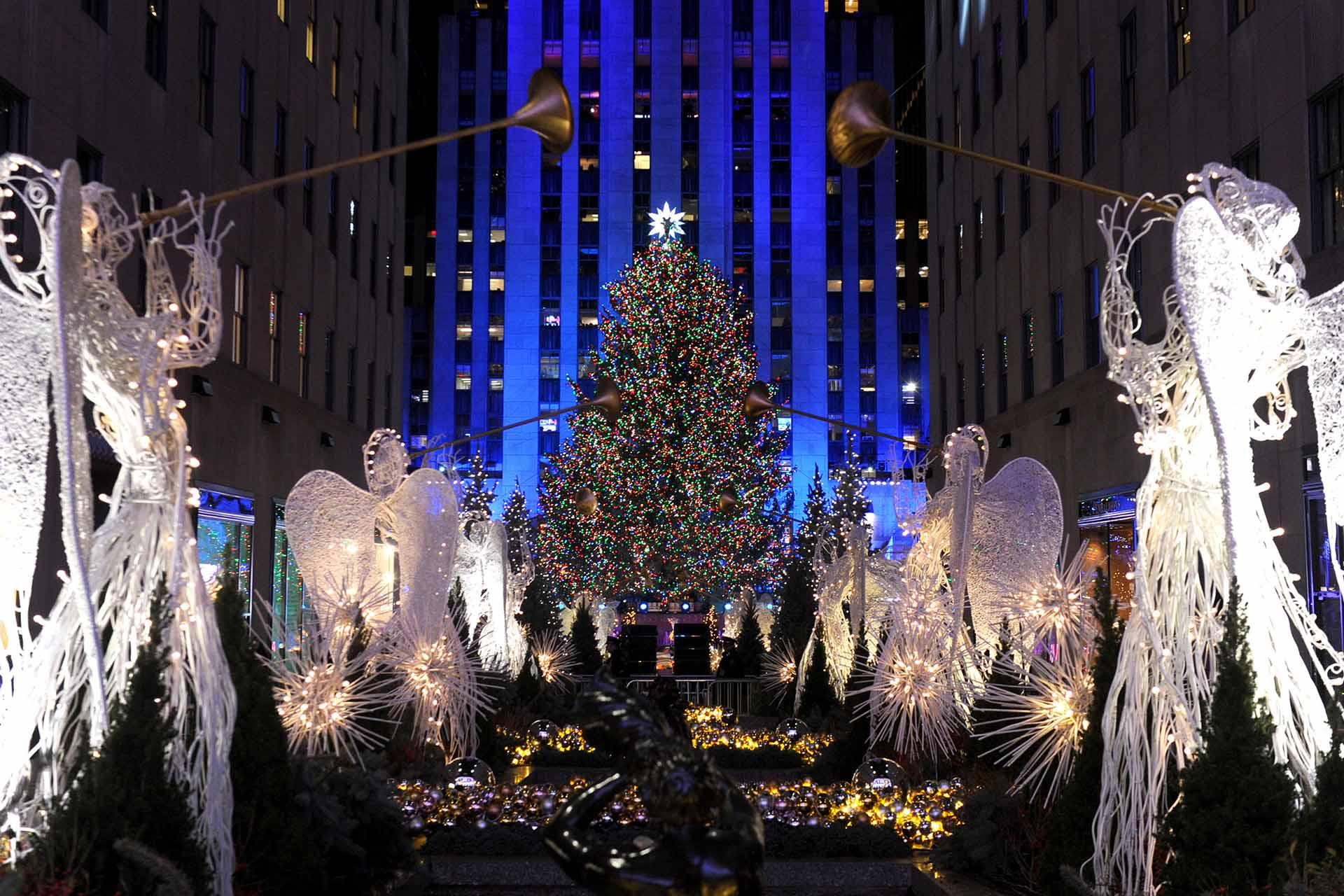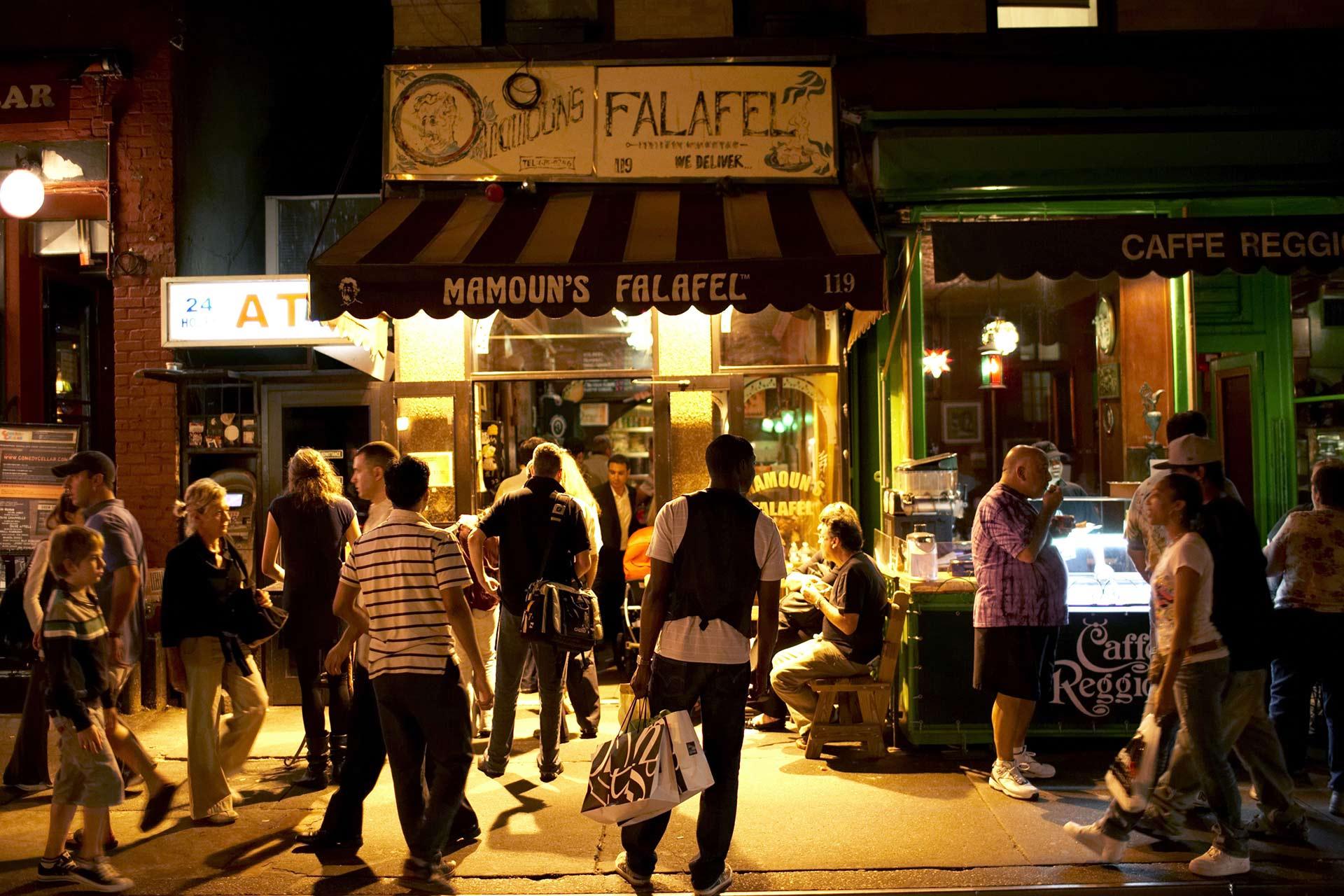Life in NYC is an inherently sustainable proposition. The City’s subways, buses and 1,500-plus miles of bike lanes and routes make it easy to get around without a car. Walking and biking throughout NYC, whether strolling alongside rows of brownstones, visiting historical sites or exploring the greenways, are among the great pleasures of the City. Farmers' markets and farm-to-table restaurants ensure that residents and visitors eat fresh local food. Oases like Central Park and Prospect Park are destinations for outdoor activities that yield health and environmental boons. Sustainability projects here are sometimes spectacular sights: for example, an urban farm, with rows of lettuces, on a building rooftop.
NYC has long been at the vanguard of urban sustainability, and as part of the OneNYC strategy, the City has set goals that include reducing NYC's greenhouse-gas emissions to 80 percent of 2005 levels by 2050; to eliminate waste sent to landfills by 2030; and to make sure that all New Yorkers have access to green spaces.
The overarching aim for these initiatives is to ensure the quality of life for NYC residents and visitors. When eating out, spending time outdoors and using mass transit, visitors to the City can enjoy these elements of green living while contributing to NYC’s sustainability goals. Here’s how you can help when visiting.
September 22–29, 2024, New York City will welcome back Climate Week. With the City’s ever-changing landscape come myriad opportunities to make the five boroughs greener. Visit climateweeknyc.org for more information, and share your Climate Week experiences on social media using the hashtag #ClimateWeekNYC.

Photo: Tagger Yancey IV
1. Use mass transit
Subways and buses are ideal low-carbon-footprint travel options, and go almost everywhere in the five boroughs. A 2012 report showed that the average mass transit ride prevents 10 pounds of greenhouse gas emissions for the equivalent car ride, and since the subway system has a ridership of more than 1.1 billion passengers a year, the cumulative emissions offsets are significant.
2. Take a bike or walking tour
The City’s hundreds of miles of greenways are great for biking and walking, and there’s an extensive system of bike lanes and paths. Bike rentals are easy through services like Citi Bike and companies like Bike Rental Central Park, which also offers tours; Brooklyn Bike Tours and Get Up and Ride are other possibilities for guided cycling experiences. To explore the City’s neighborhoods and history on foot, consider themed expeditions with an outfit like Big Onion Tours or Walks of New York. The Central Park Conservancy organizes tours of Central Park.

Photo: Julienne Schaer
3. Get outdoors
In parks and outdoor spaces throughout the five boroughs, you can picnic in the grass, wander forest paths and play sports like Frisbee and soccer. Gardens offer another way to get close to nature. You can also head for beaches—the Bronx’s Orchard Beach and Queens’ Rockaway Beach, to name two of the more prominent—to soak up rays and enjoy the soothing sounds of the surf.
4. Drink from reusable canteens
NYC’s tap water, sourced from reservoirs upstate, is of famously good quality; a New York Times article from a few years back noted its reputation as “the champagne of drinking water.” While you’re traveling around the City, carry your own reusable canteen and fill up at fountains and from taps.
5. Reduce waste while traveling
Cut down on trash by eschewing takeout, which often entails single-use disposable plastic, and eat at a restaurant instead. Also ask servers to skip the plastic straws, which we throw away in the US to the tune of a few hundred million a day. You can also voice your support for abandoning single-use plastic straws altogether by supporting the Wildlife Conservation Society’s Give a Sip campaign. Finally, carry a tote bag for shopping—it’s stronger and sturdier than paper or plastic, and you don’t have to throw away anything afterward.
6. Help your hotel go green
A number of NYC hotels have been participating in the NYC Carbon Challenge—a citywide initiative focused on reducing building-generated emissions 30 percent by 2025. The hotels are achieving their goals through efficiency improvements, and you can help the effort by turning off the AC, TV and lights when you go out, taking shorter showers and using bath towels and sheets for more than one day.
7. Eat at farm-to-table restaurants
You can reduce your carbon footprint while pleasing your palate at restaurants around the five boroughs that celebrate the delicious flavors of regionally grown food. Family Meal at Blue Hill and Olmsted are just a few well-known spots that showcase locally grown foods; Rosemary’s uses ingredients from its rooftop garden.
8. Buy at farmers' markets
Farmers' markets all across the five boroughs offer a cornucopia of foods. Eating locally grown food significantly reduces emissions that transportation generates.
9. Recycle
There are numerous recycling receptacles along NYC sidewalks, as the City amps up its recycling strategy in preparation for the 2030 zero waste goal. Visitors can contribute to that mission—so make sure you follow the paper, plastic and metals recycling policy at the hotel or residence where you're staying.

The High Line. Photo: Brittany Petronella
10. Visit green landmarks
The High Line park is perhaps the most celebrated of urban reuse projects, the transformation of an abandoned railway into one of the City’s most sought-out parks. The Jacob K. Javits Convention Center has a 6.75-acre green roof that visitors can tour. NYC has a number of surprisingly verdant urban rooftop farms, like Eagle Street Rooftop Farm and Brooklyn Grange, which hosts yoga classes and weddings. Architecture has a role too. New buildings like 10 Hudson Yards have LEED Platinum ratings, while the Empire State Building shows how older buildings can go green: through a 2009 retrofit, the building increased its energy efficiency by close to 40 percent.






